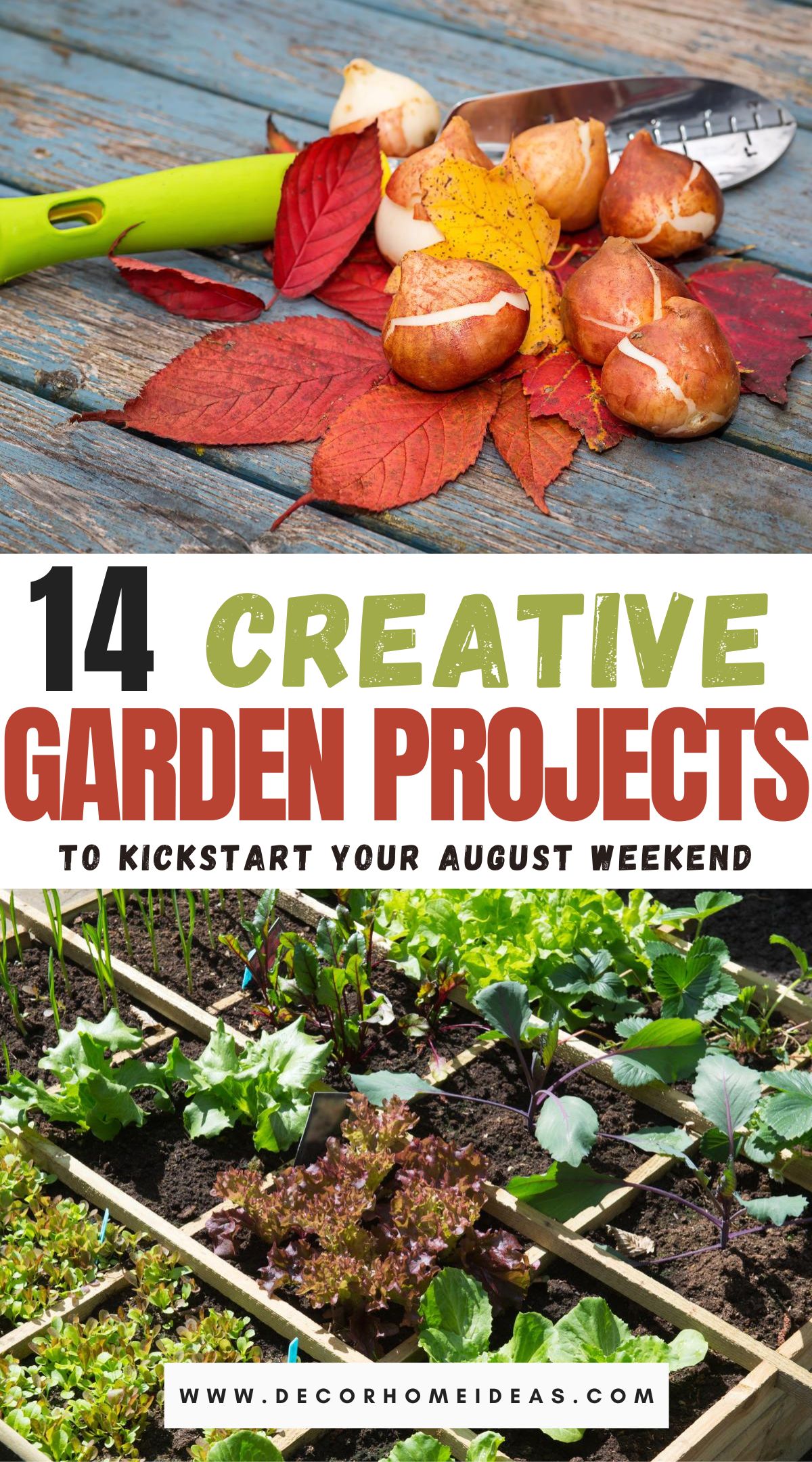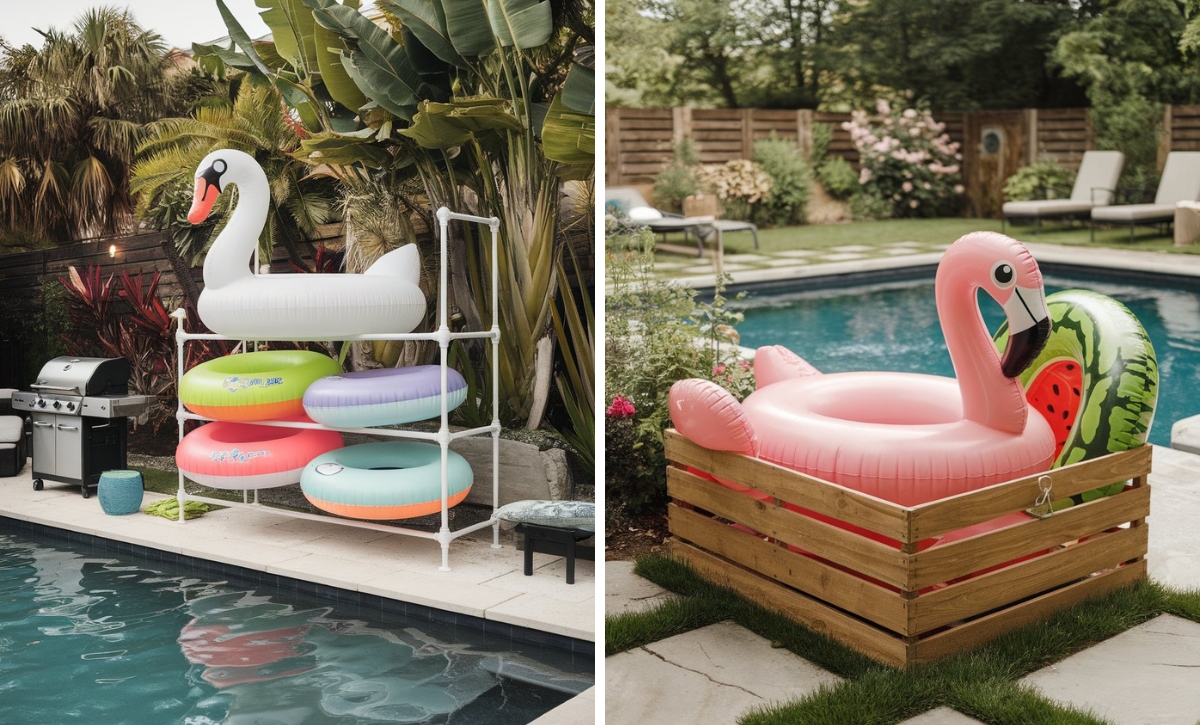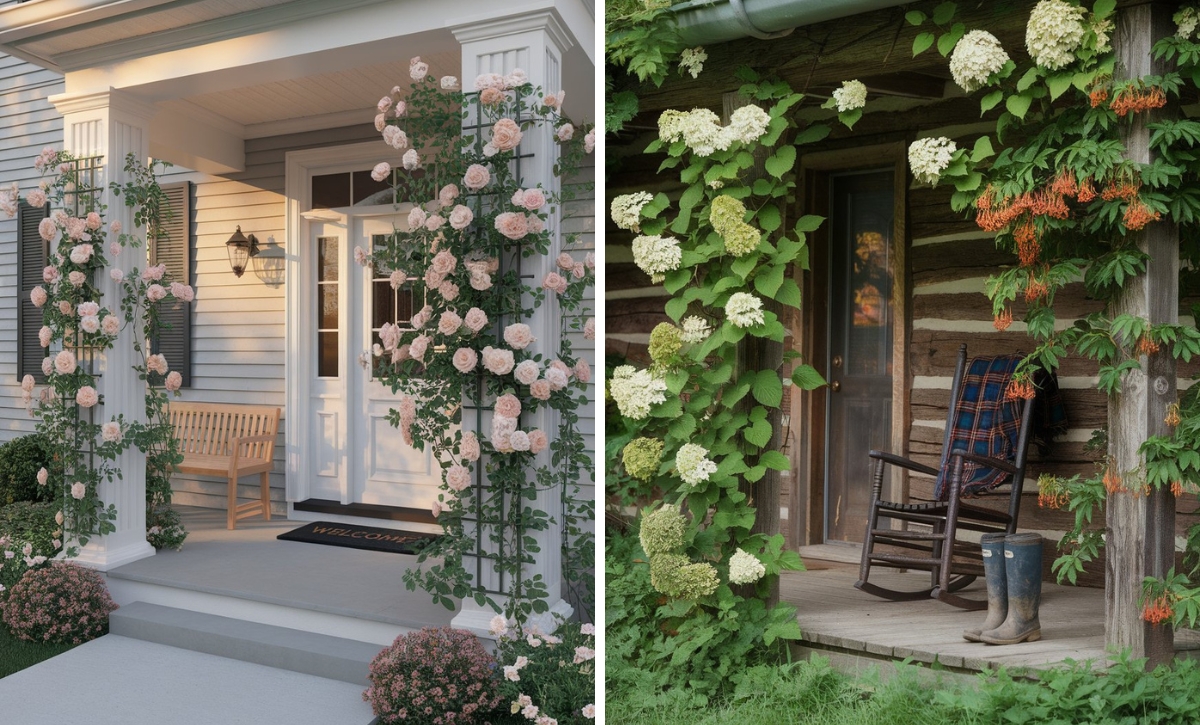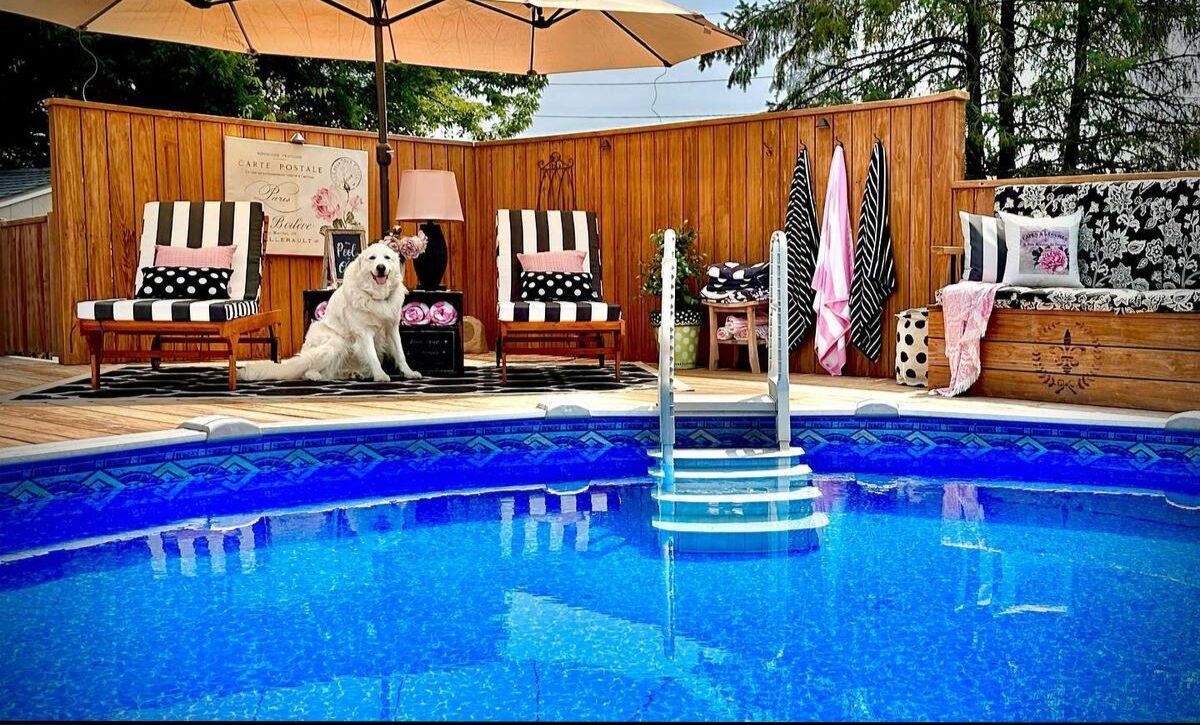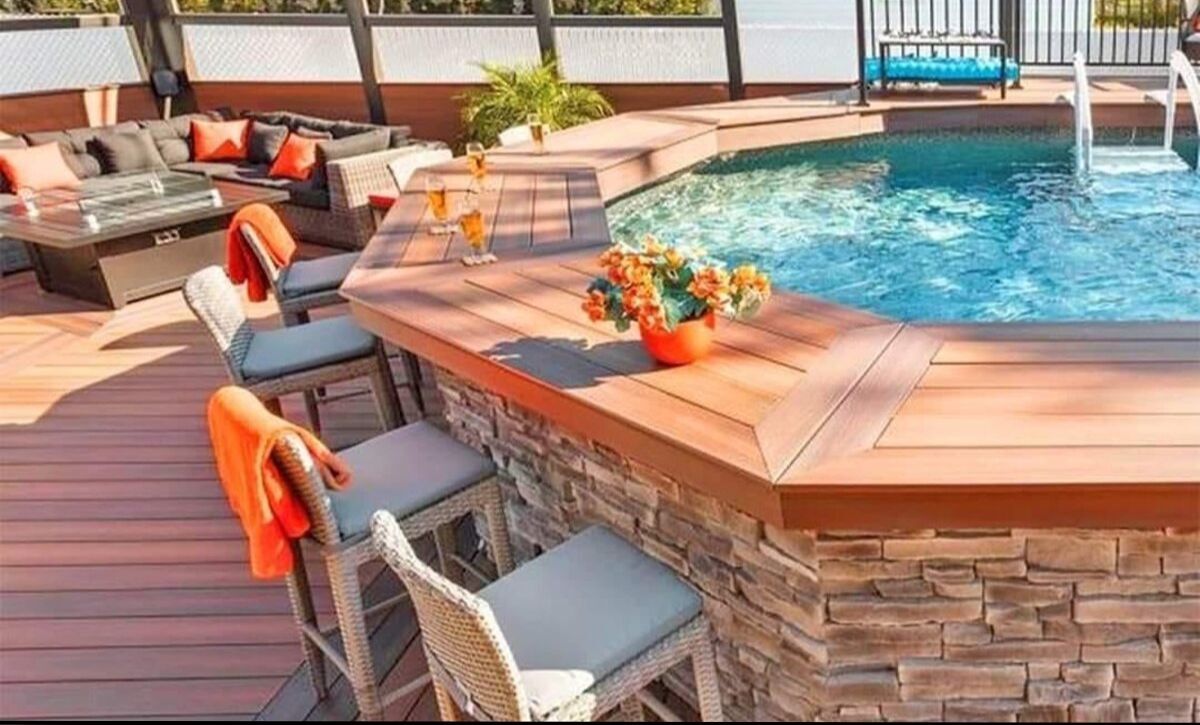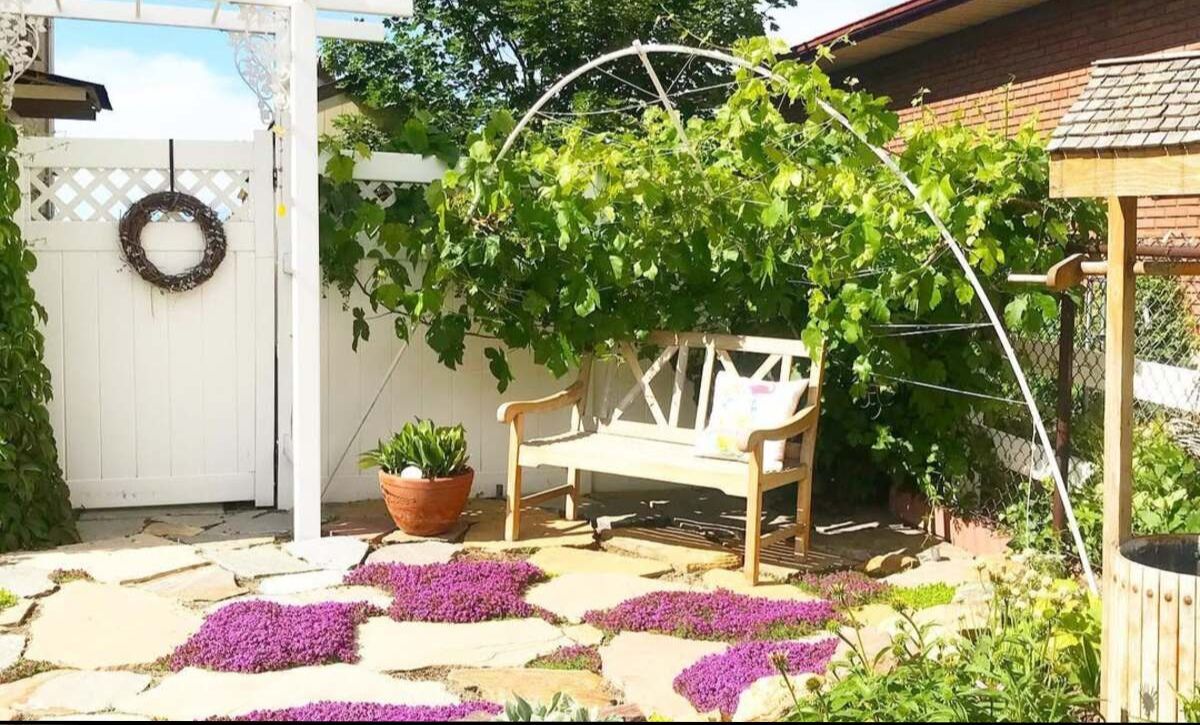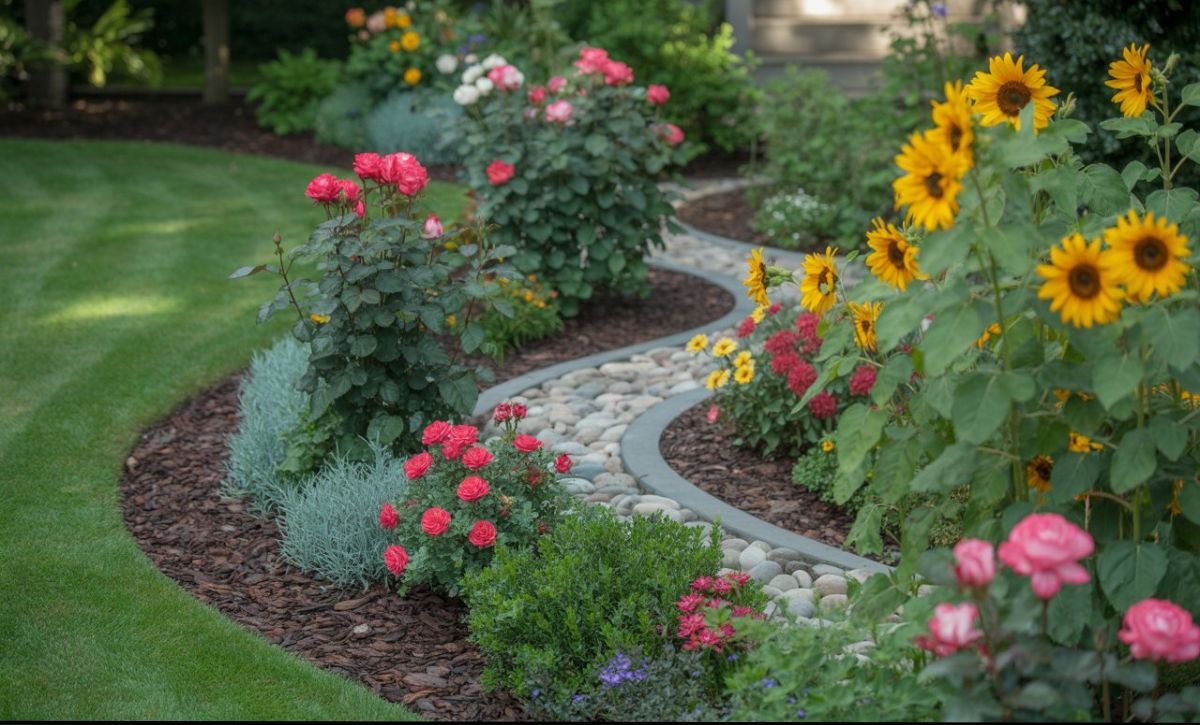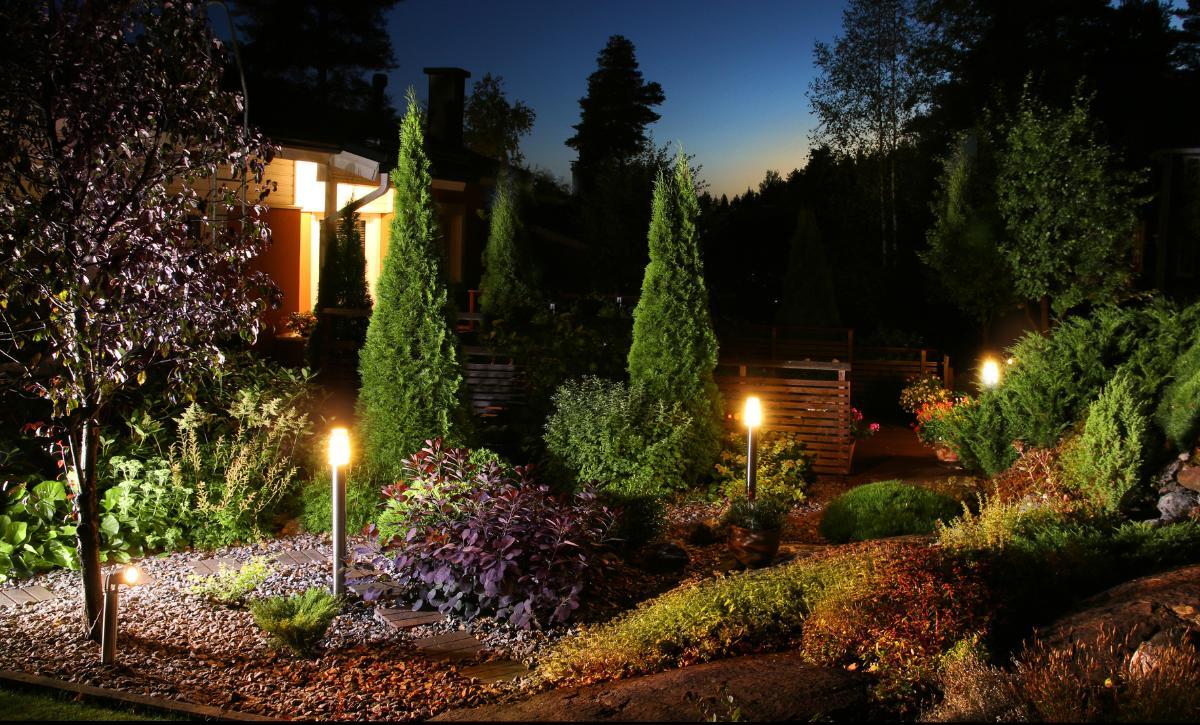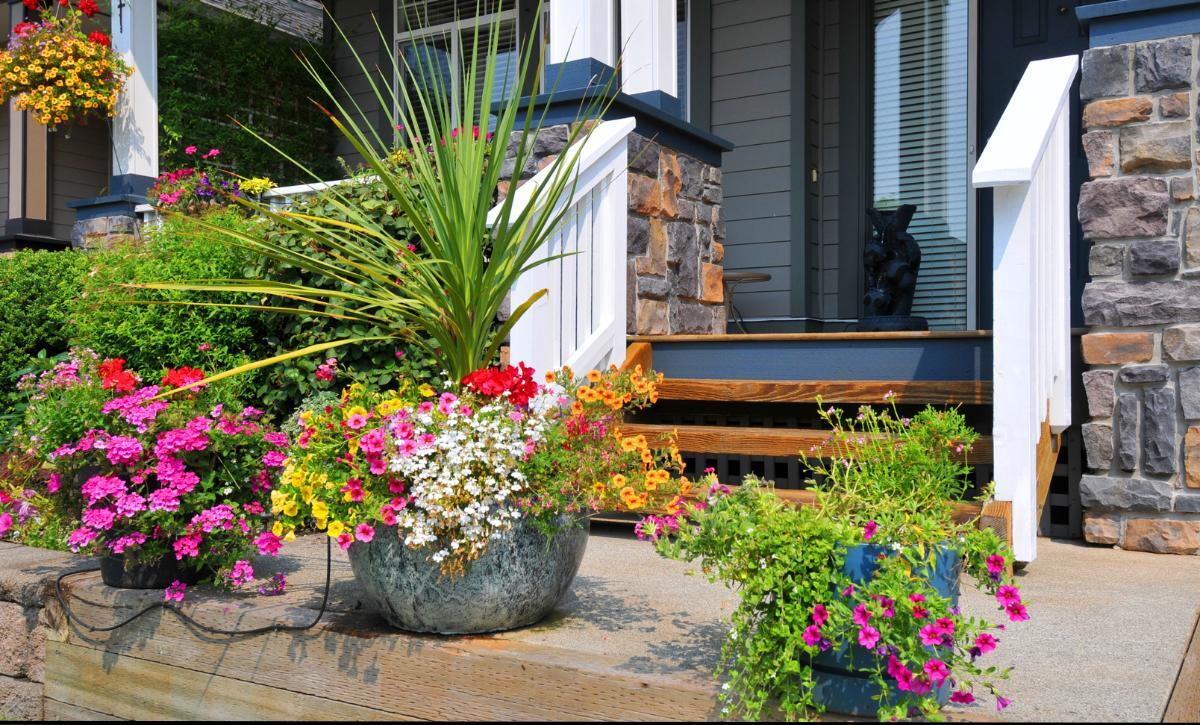Summer, especially late summer, is a time to wind down. After a long season of toiling and taking care of your crops, it’s time to enjoy the fruits of your labor. However, this doesn’t mean your garden has to remain barren and unattended until the next planting season.
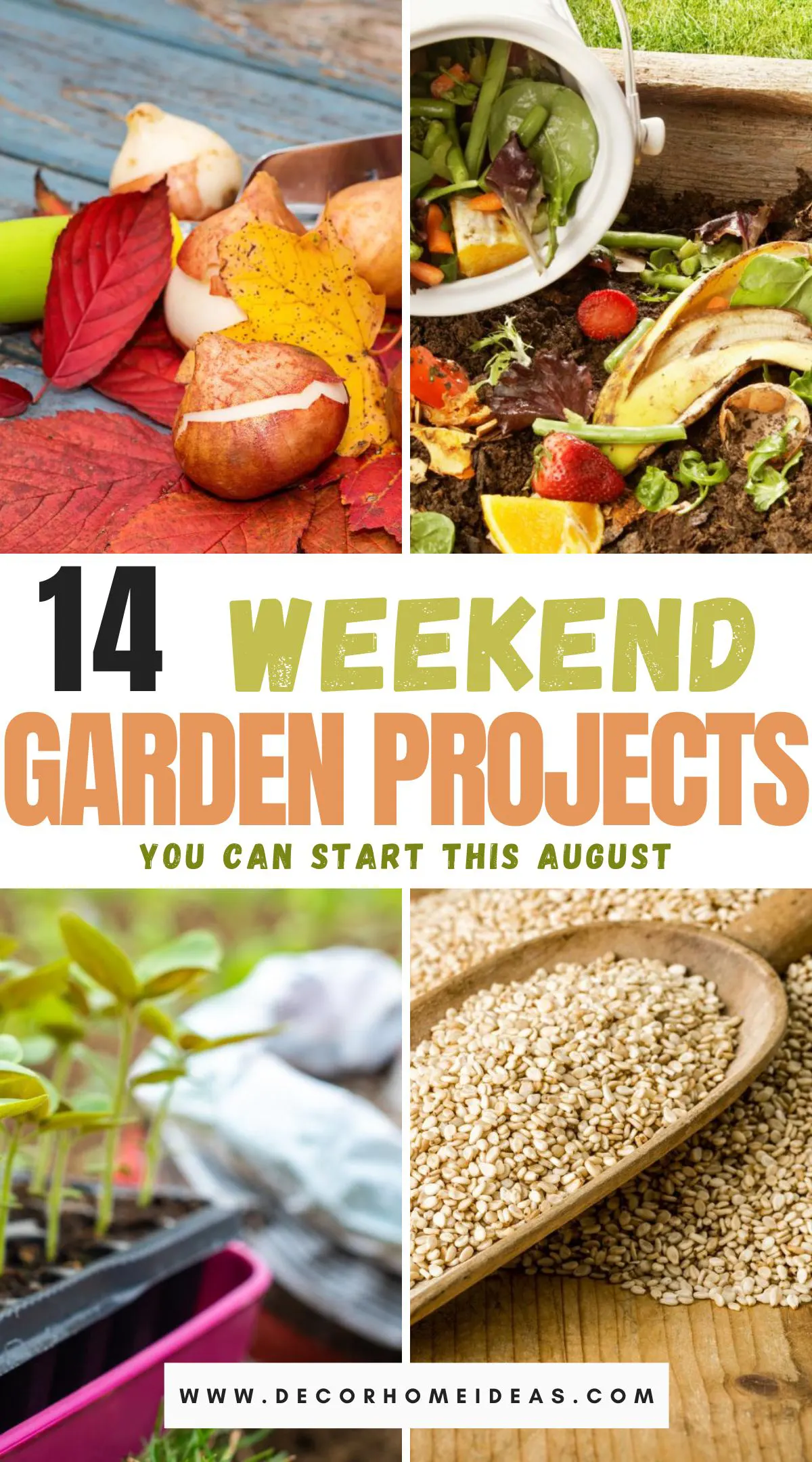
There are several DIY projects that you can take on to ensure that your garden is nicely groomed and ready for the fall season. You can also promote a healthy harvest for new or remaining plants.
Here are some expert DIY tips and practices to enjoy the final weeks of summer and prepare your garden for fall.
Take a look!
1. Amend the Soil
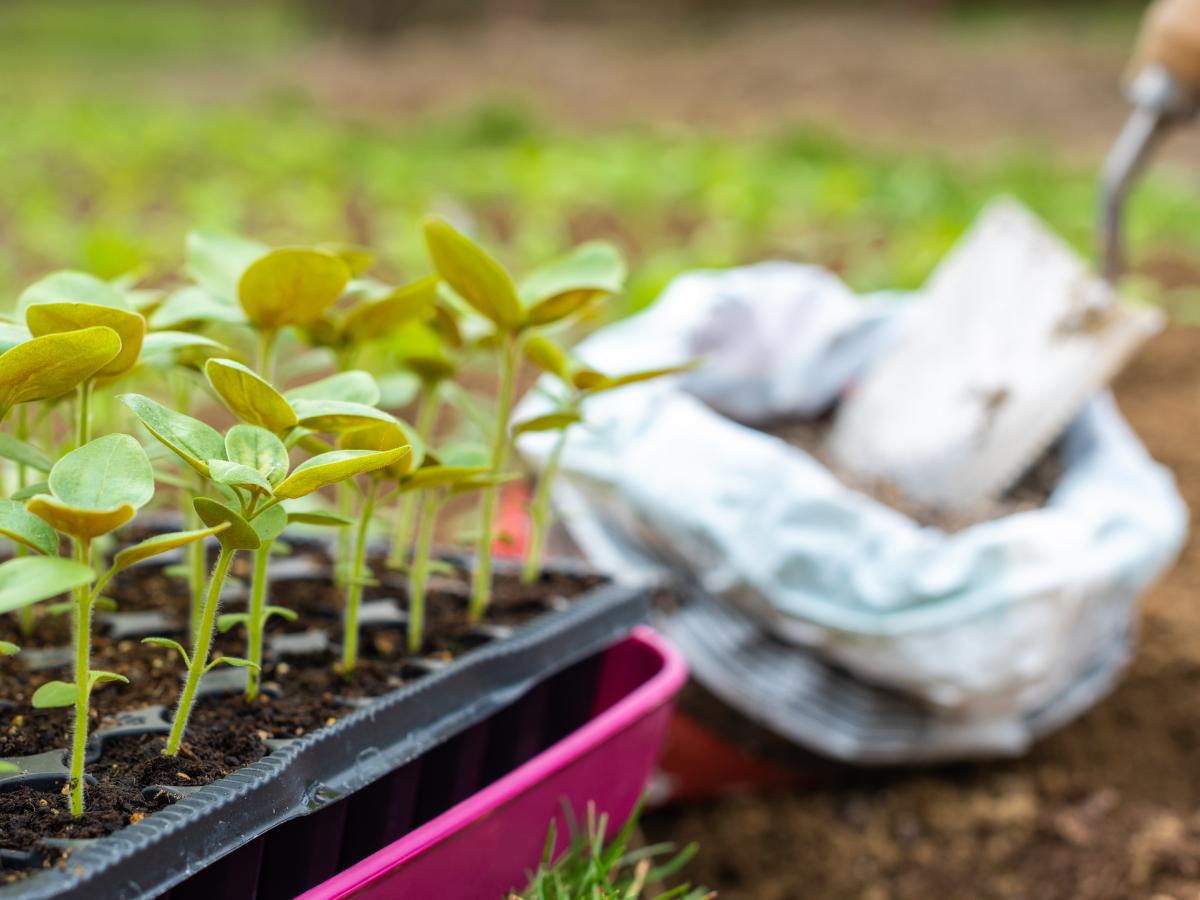
After a long growing season, the nutrients in your garden soil may become diminished or depleted. Once you’re done with the harvest, August is a good time to amend the soil by adding compost to replenish the nutrients. This is especially important if you’re looking to do some fall planting.
To amend the soil, till the land and spread a 1 – 3 inch layer of compost. Next, a spade is used to mix the compost with the soil to about 6 to 8 inches. Once done, water the garden thoroughly to ensure the compost has been incorporated into the existing soil, and also prepare your garden for planting.
2. Prune Perennials
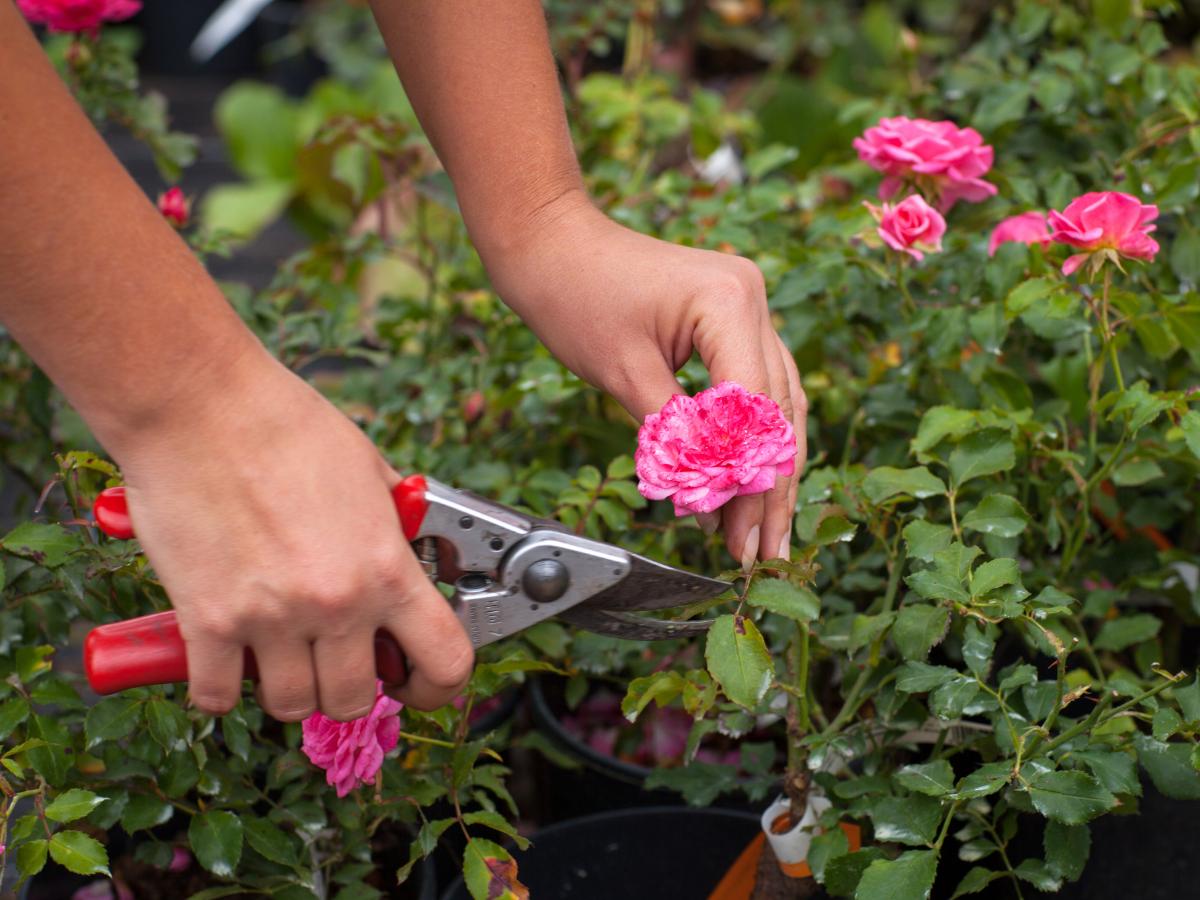
One way to encourage blooming and consequently create a vibrant fall garden is by removing any dead flowers and pruning your plants to encourage longer blooms.
Start by deadheading to remove dead flowers from your plants and encourage new blooms. This is especially important for perennials, but it’s not essential for plants that bloom in winter, such as hydrangeas, sedums, and globe thistles.
Pruning, on the other hand, entails removing any dead, withering leaves or leaves that exhibit a sign of disease. Ensure you use clean or sterilized pruners when trimming the planters. If you can’t access a pruner, you can sterilize a knife or scissors and use it.
Cuts should be made a few inches above healthy new growth or the ground, depending on the type of plant. This will not only promote new growth but also prevent the spread of diseases.
3. Do Some Weeding
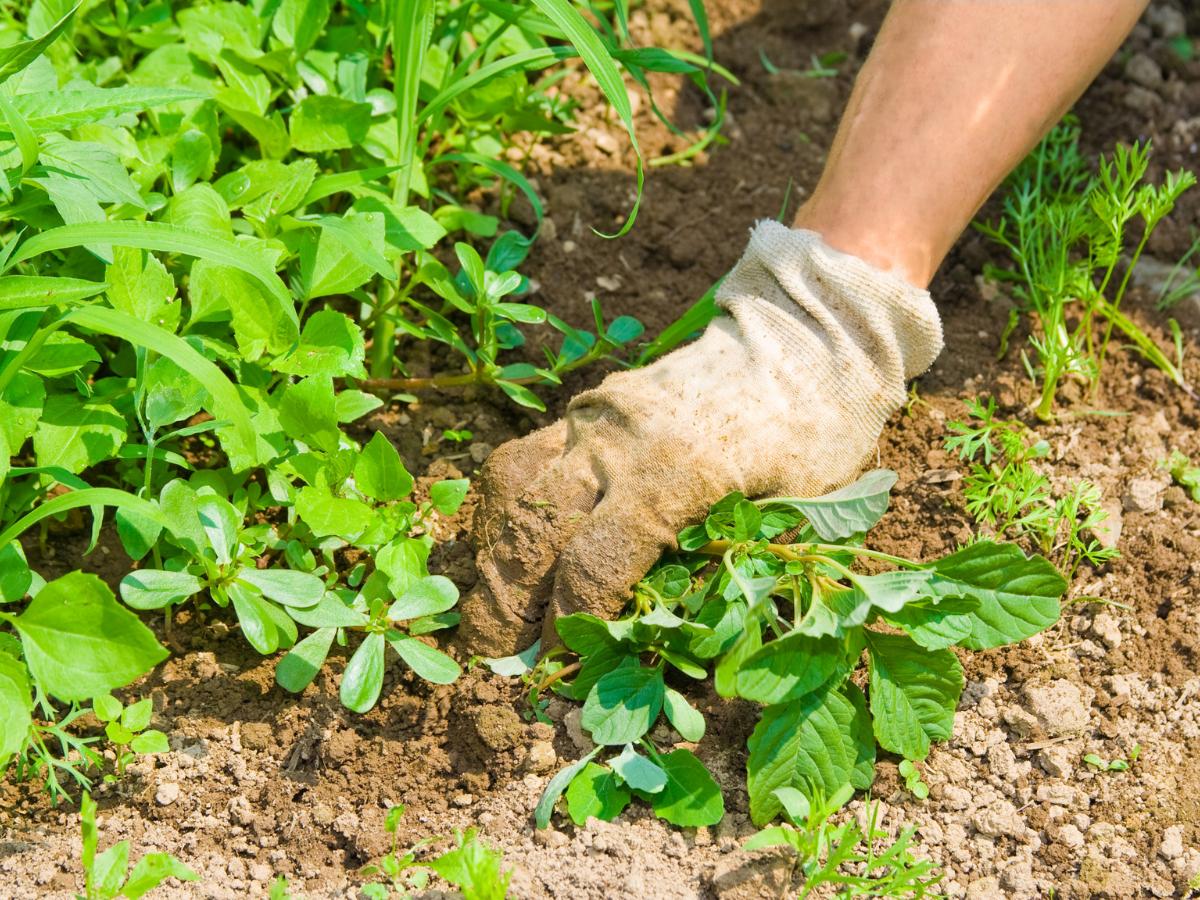
Weeds grow at an exponential rate in heat, and even the tiniest ones may quickly become a menace in your garden. Weeds often compete with your plants for nutrients and other crucial elements such as water and light. This leads to your plants becoming weak, which impacts their productivity.
Additionally, weeds can also attract pests and diseases to the detriment of your plants. As such, it’s important to remove weeds as soon as possible.
Constantly removing any weeds that pop up in your garden during fall prevents their multiplication and ensures that they aren’t present during the next growing season.
If you have already harvested your plants, the easiest way to remove weeds is to pull them out when they are young and small. This also ensures that they don’t produce seeds that can regrow after. Water the soil to moisten it and make pulling out the weeds easier.
4. Divide Overcrowded Plants
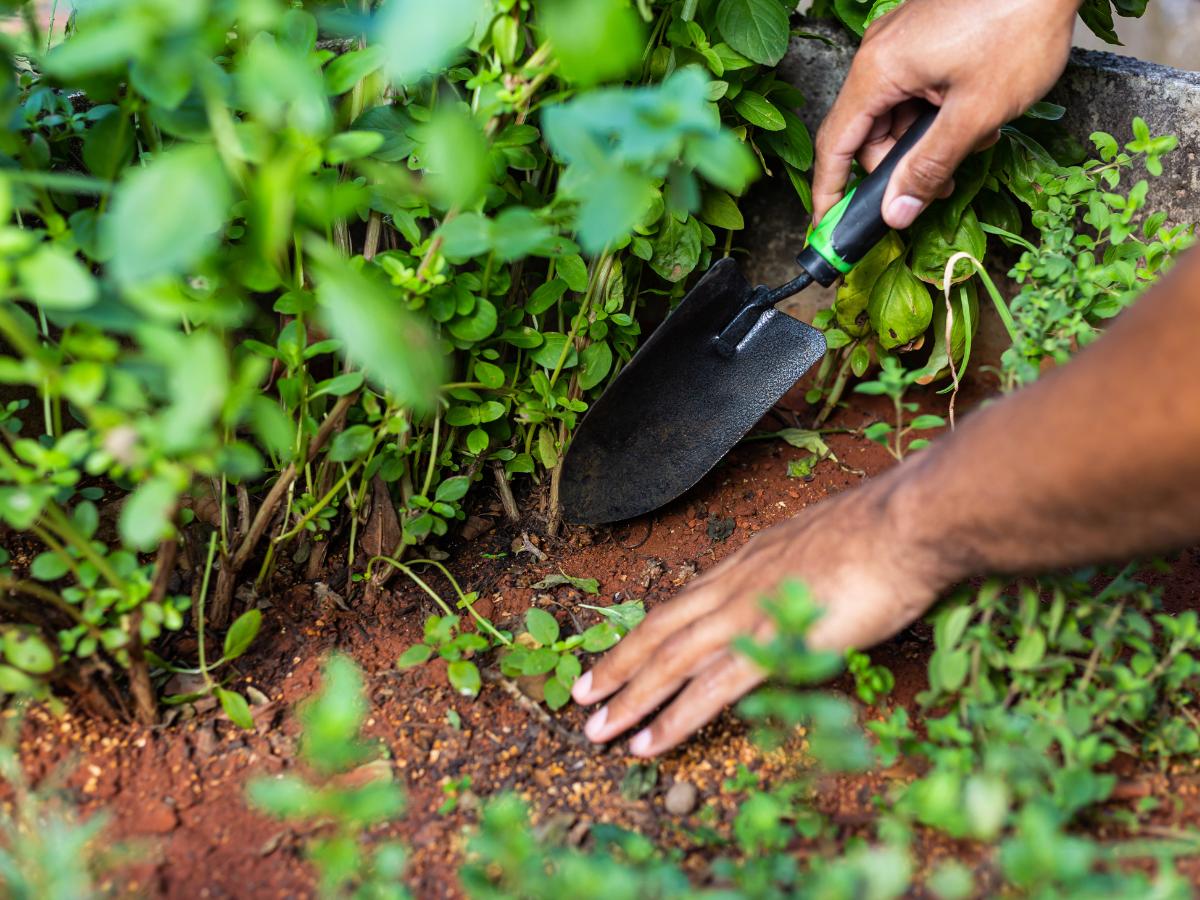
Other than weeds, another factor that may seriously impact the health of your plants is overcrowding. With high temperatures, perennials such as black-eyed Susans, Coneflowers, and hostas, which flower in spring, will start to flag.
One way to keep them healthy and prevent them from dying and overcrowding is dividing them. Using a shovel, dig up any overcrowded plants and separate them into smaller sections.
Once done, replant the original plant and spread out the other sections if you have enough space; if not, you can discard them. Dividing your plants is a cost-effective way to expand your garden.
5. Start a Fall Vegetable Garden
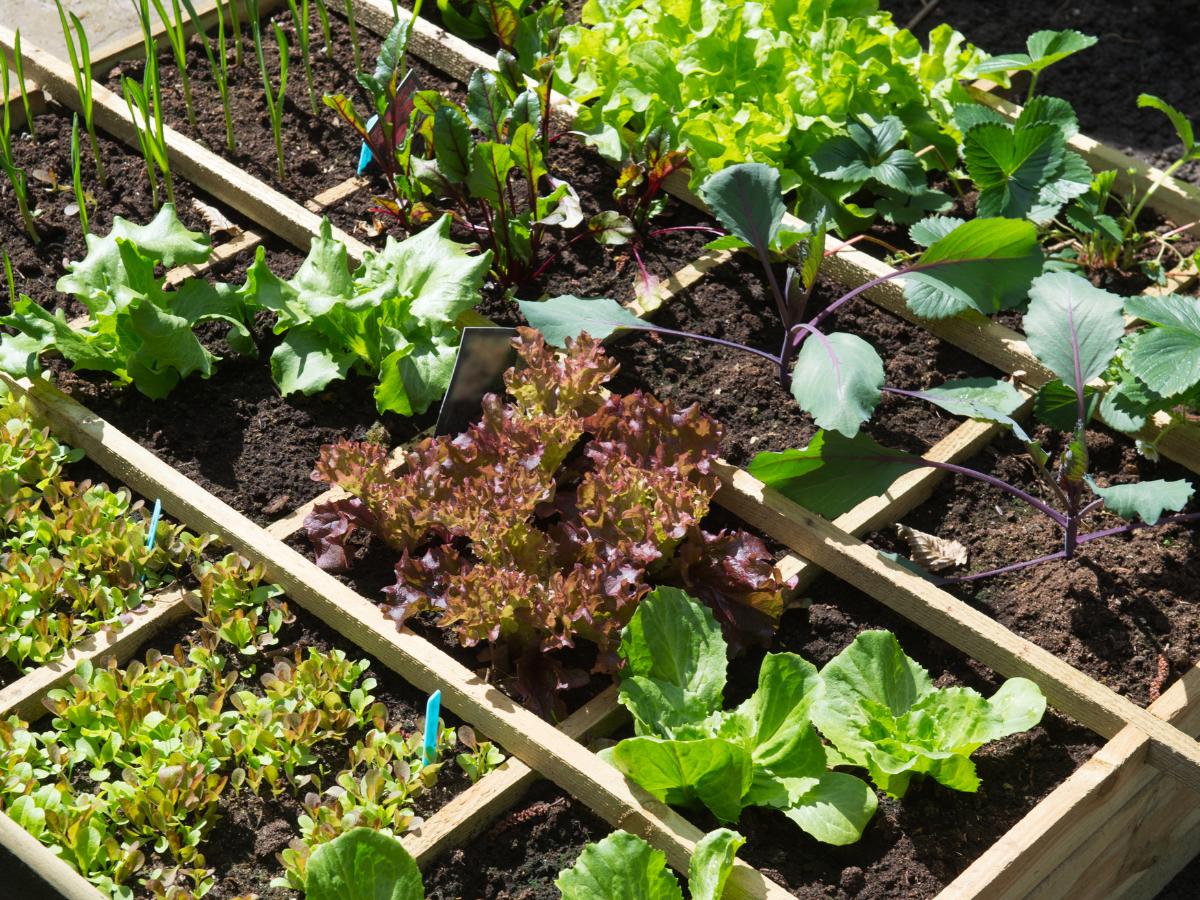
Summer marks a time for some of the most interesting vegetables, but as soon as the temperatures start dropping, these vegetables will fade. Shorter days and low heat will cause these vegetables to stop thriving; hence, it’s important to get ready with plants ideal for fall.
Vegetables such as lettuce, carrots, spinach, and broccoli thrive in cool environments and will make an excellent addition to your fall garden.
Generally, root crops and leafy greens will do well in cool weather. Additionally, you can also try growing herbs such as parsley, basil, cilantro, and chamomile for a well-rounded garden.
6. Replenish Your Garden Mulch
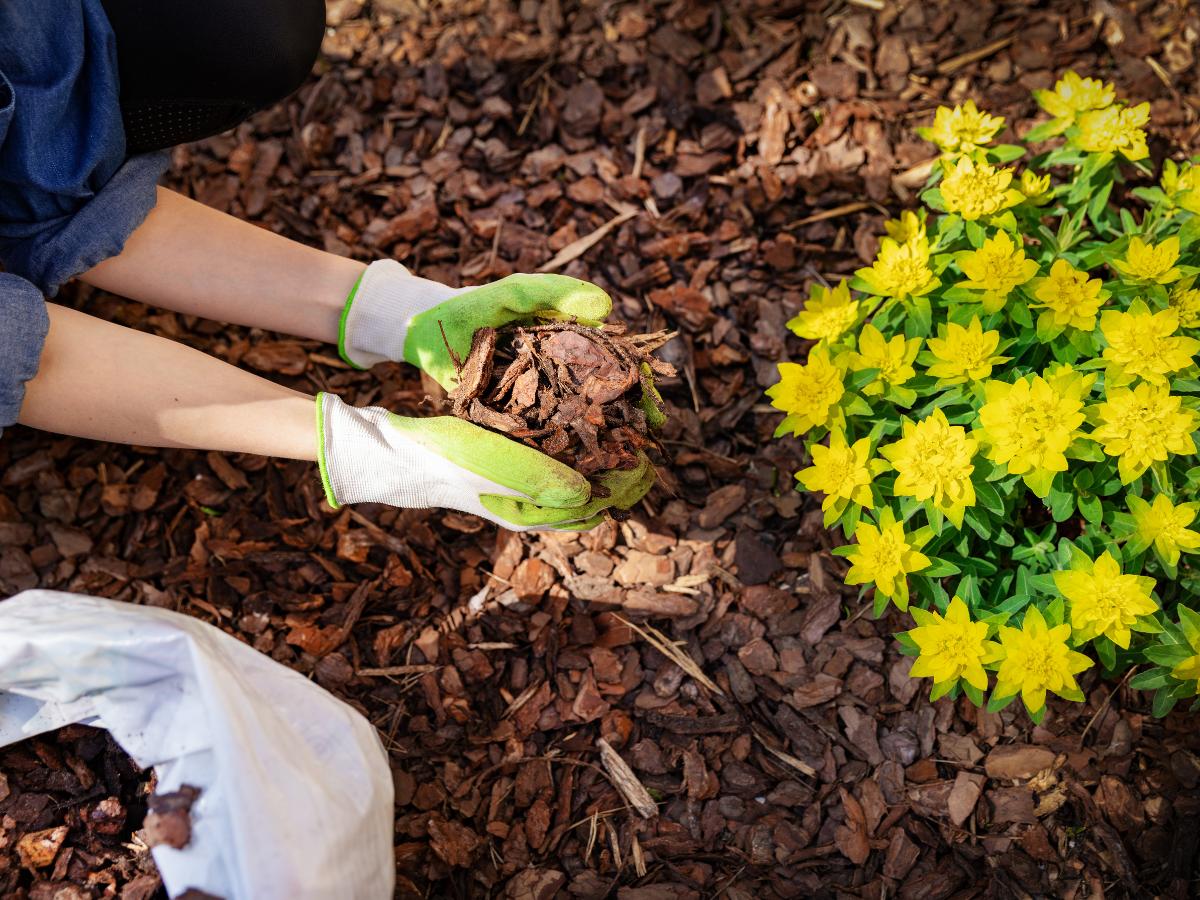
Mulching your garden not only improves water retention but can also help block weeds and improve the nutrients in the soil by adding some organic matter. This is why mulching your garden is a good idea even after summer.
Spread about 2-3 inches of mulch in your garden. This will help the soil retain some heat and moisture, which can extend the growing season and make your garden flourish during winter. Mulch also helps stabilize soil temperatures as winter approaches.
One of the best mulch substitutes is leaves, which help increase nutrient content in the soil after decomposing. Since there’ll be plenty of leaves in the fall, you can use them for mulching.
7. Prepare Fall Bulbs
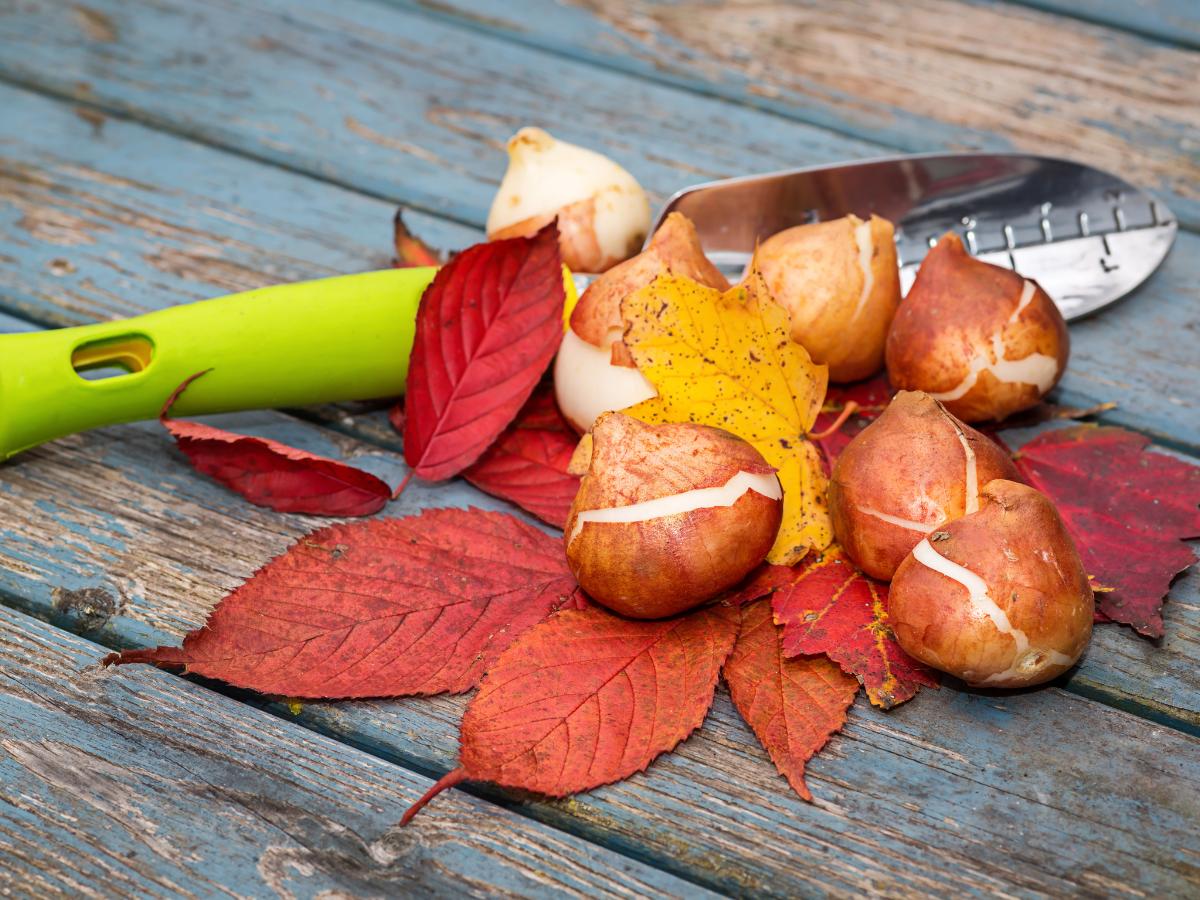
August isn’t yet the time to start planting fall bulb plants; however, preparing them will ensure you’re ready and not in haste once the planting period comes. Start ordering your bulb plants, such as crocuses, tulips, garlic, and hyacinths.
Ordering early ensures you can get the most unique varieties since most bulb plants will sell out as the late-fall planting season approaches. Make sure you store the bulbs in a cool and dry place so that they don’t spoil before you get a chance to plant them.
8. Start a Compost Pile
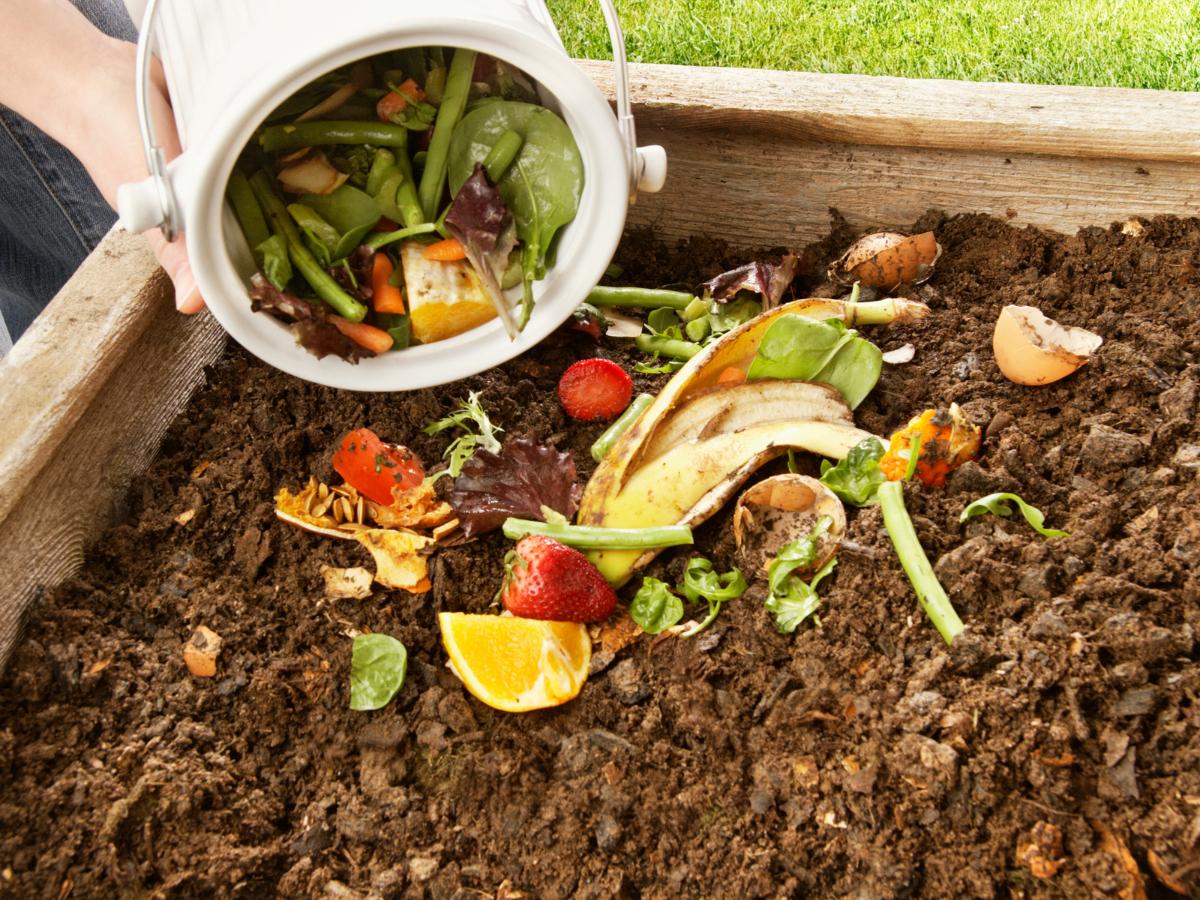
If you’re trying to work on an eco-friendly garden, then late summer is just the right time to start this project. After harvesting and with fall just around the corner, you can take a proactive approach to environmental sustainability by starting a compost pile.
Organic materials such as yard waste are invaluable in this process. For the best compost results, layer brown materials such as dry leaves, sawdust, and small twigs with green materials such as kitchen scraps and grass clippings in a ratio of 3:1.
Keep the pile moist and turn it regularly, and you’ll have good-quality compost by the time spring comes.
9. Start a Landscaping Project
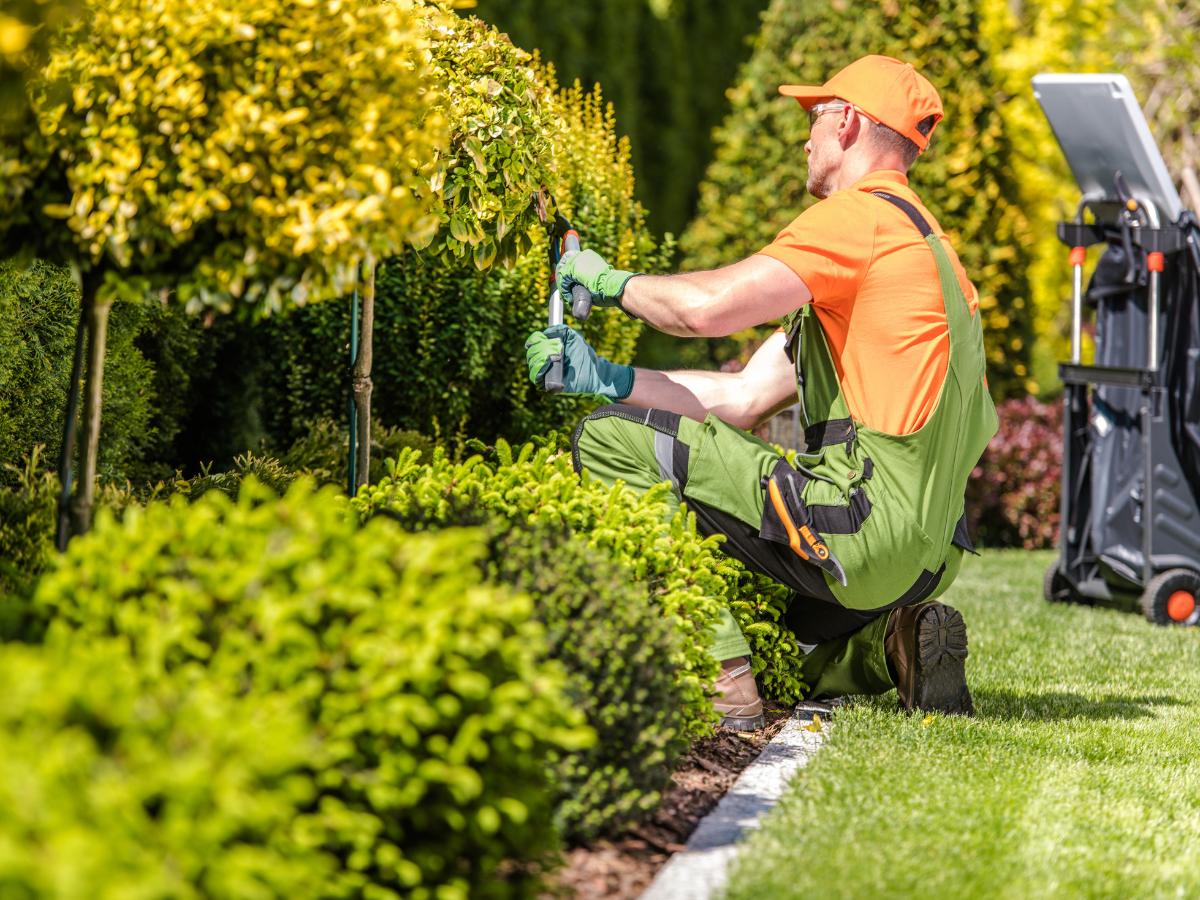
Fall is the perfect time to concentrate your garden efforts on your yard. Improve your garden appearance by taking on a simple landscaping project. Start by planning out the design and selecting a few flowers or trees to add.
Next, focus on defining the garden edges by trimming grass and layering borders with inexpensive bricks or stones. If you’re looking to grow a vegetable garden in the fall, then this is a good time to build a raised garden bed.
You can also improve the curb appeal of the yard by painting old planters and refurbishing furniture to give the space a new look.
10. Personalize the Garden
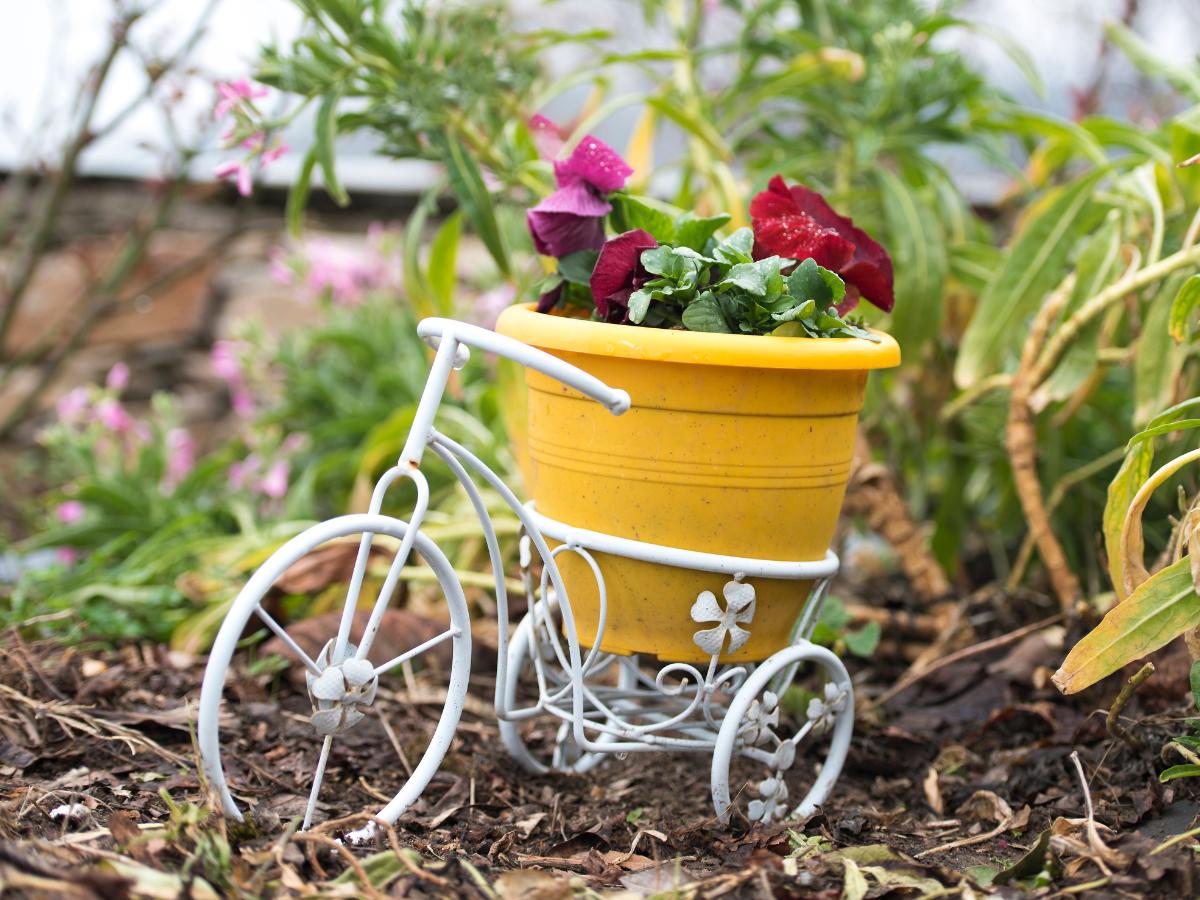
Your garden could always do with little retouches now and again. Adding some little garden decor could really personalize it and make it fun to work in. The good news is you don’t have to spend money on any items to upgrade your decor!
You can simply repurpose old items to create unique décor items. For example, vintage watering cans can be repurposed as planters, or salvaged material can be used to create unique trellises.
Creating gardening items from repurposed material adds a creative and charming element to your garden, and all at low costs.
11. Water Trees and Shrubs
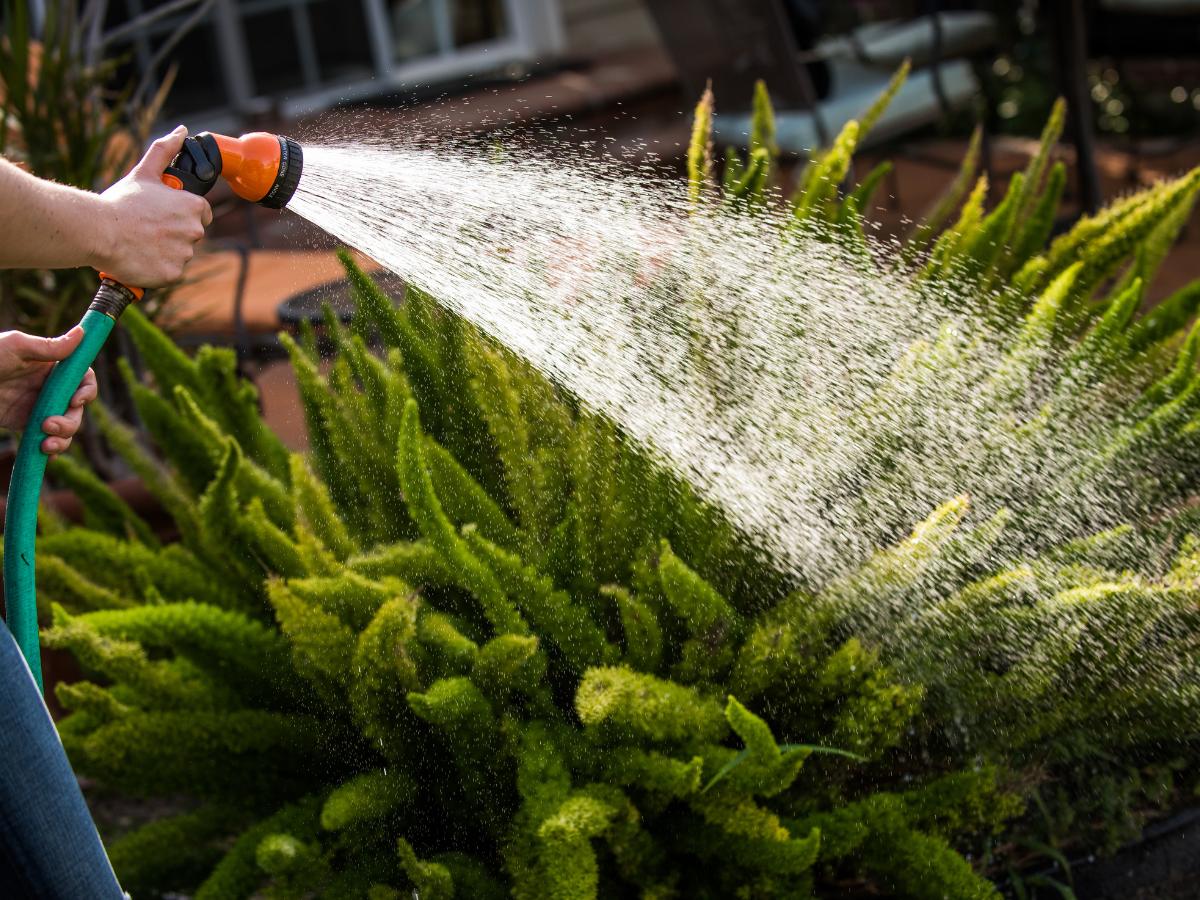
With the persistent high heat levels in the summer, watering your plants has become more important than ever. With the season coming to an end, don’t forget to keep up the spirit. Water your annuals, container plants, and newly planted perennials.
Since summer is one of the growing seasons, your plants will need the water for healthy, robust growth. If you have evergreens in your garden, watering them now is important since they’ll keep their color through winter, and underwatered plants can suffer from frost burns.
Watering should be done in the early morning or late evening.
12. Clean and Maintain Your Garden Tools
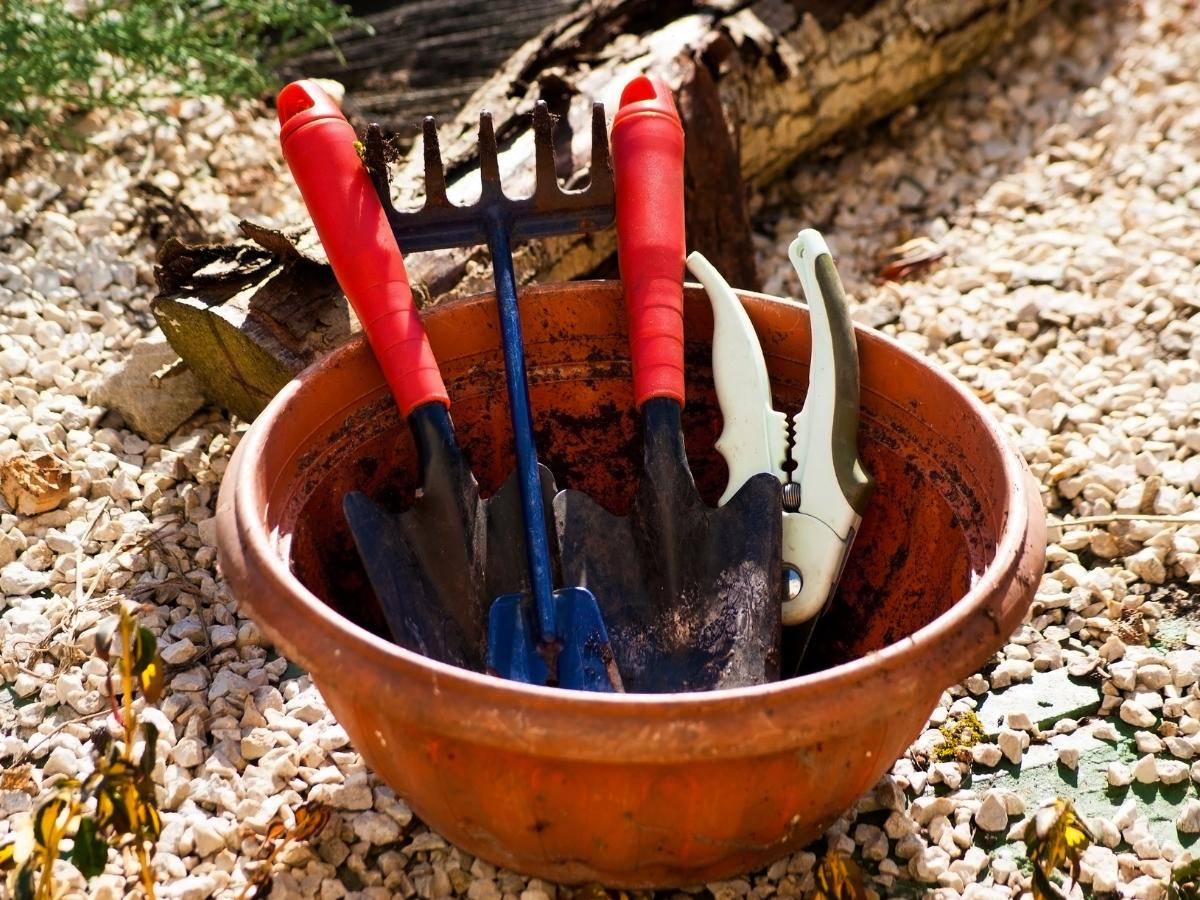
For hassle-free gardening care and maintenance, it’s important to have clean well, well-maintained tools you can always rely on. Since most of the gardening is nearly over it’s time to do thorough cleaning and maintenance of your gardening tools.
Give your tools proper care before the busy harvesting season sets in. This ensures your tools are in great shape if you’re going to do some fall gardening. Clean the tools again before storing them once done with all gardening activities.
13. Save Seeds
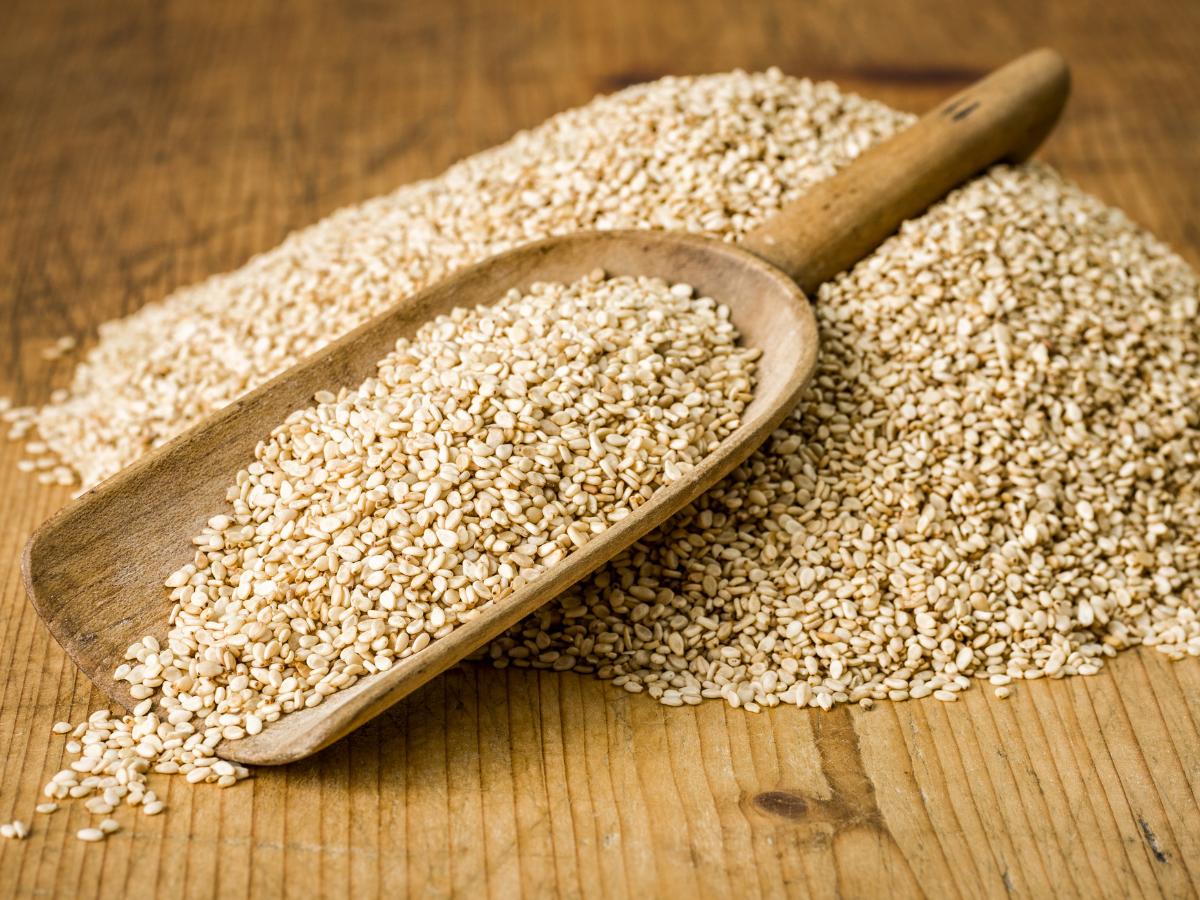
One of the ways to minimize costs as you’re getting ready and planning for a new growing season is by saving seeds. August is one the best times to start saving plants to regrow once the new season sets in.
For vegetables, you can save seeds from pepper, tomato, and mature cucumber plants; let the seeds dry, then store them safely in glass containers.
As for herbs, you can hang the plants upside down, let them dry, then collect the seeds. For perennials and annuals, you have to let the seeds dry on the plants, and then you can collect them.
14. Spruce Up Your Garden With Fall Blooming Flowers
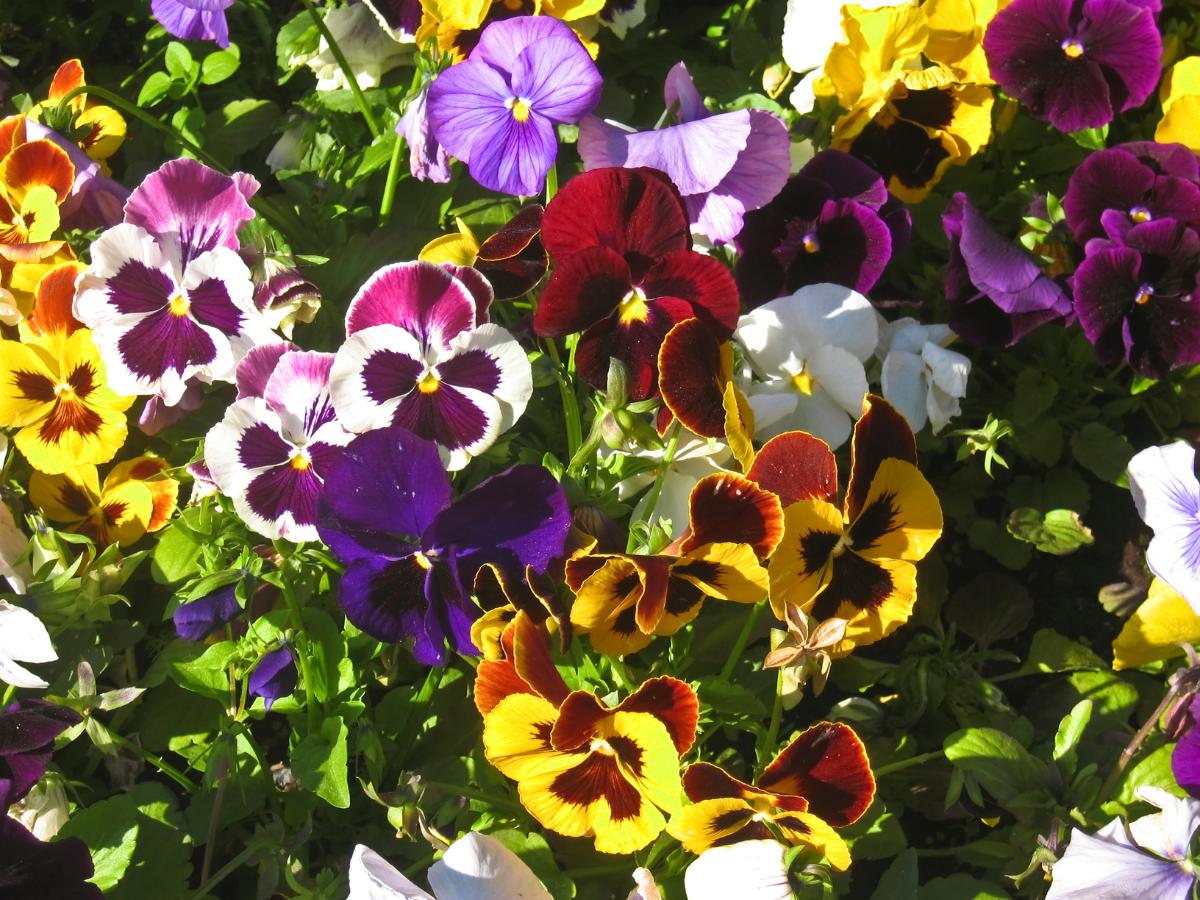
Making your garden the go-to spot even after summer is easy with the right kind of plants that will make the space visually appealing. Such kinds of plants include fall-blooming perennials and annuals.
Try growing flowering plants such as chrysanthemums, pansies, Bee balms, and ornamental kales that add vibrant color and mood to the space. August is the best time to grow these plants, as it allows them to be well-established before the cooler weather sets in.

